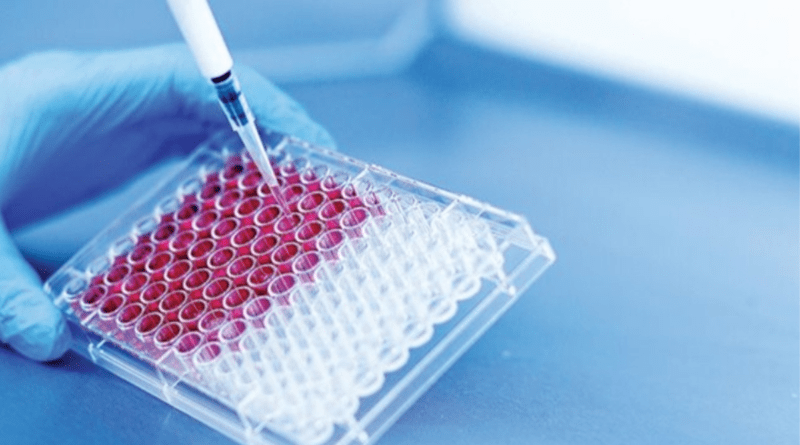Latest: IISC Now Develops A Technology For Encapsulating Droplets.
The Indian Institute of Science (IISc) has discovered a revolutionary technology for encapsulating liquid droplets utilized in a variety of applications such as single crystal development and cell culture.
The approach uses capillary action—the ascent of a liquid through a tight space—to cover droplets in an oil-loving and hydrophobic composite shell. It allows you to adjust the shell thickness over a wide range, allowing you to encapsulate droplets of various sizes. The findings were reported in the journal Nature Communications.
Droplets are useful in a variety of situations. “Droplets can be used in microreactors to create different reaction environments or to mix different chemicals.” Droplets can be employed in drug delivery systems to deliver pharmaceuticals or other agents to specific tissues or organs. Droplets can be employed to influence crystal development in crystallisation experiments. Droplets can also be employed in cell culture platforms to grow cells in a controlled environment, which can aid to increase cell viability and proliferation.”
The approach uses the capillary action – the ascent of a liquid through a tight space – to cover droplets in an oil-loving and hydrophobic composite shell. It allows you to adjust the shell thickness over a wide range, allowing you to encapsulate droplets of various sizes. The findings were reported in the journal Nature Communications.
However, employing such droplets presents a number of issues. They are susceptible to contamination from the surrounding environment, the ease and effectiveness of a given operation is heavily dependent on the surface they are placed on, and they can vanish into thin air quickly. While enclosing droplets with liquids or solids that do not mix with the droplets (such as water droplets inside an oil shell) is a viable solution to these problems, creating a shell that is tough, continuous, and has an adjustable thickness at a very microscopic scale has so far proven elusive.
Prosenjit Sen, Associate Professor at CeNSE, and his team have devised a new capillary force-assisted cloaking approach to trap droplets within colloidal particles and liquid-infused surfaces to address these issues. w capillary force-assisted cloaking approach to trap droplets within colloidal particles and liquid-infused surfaces to address these issues.
” method of encapsulating droplets opens up a slew of new possibilities in the realm of droplet-related applications. The tunable nature of the shells, both solid and liquid, allows for precise control over various parameters, making it versatile for applications in chemistry, biology, and materials science.
The coated droplets were successfully used by the researchers to create single crystals. They might also employ the coated droplets for biological applications like 3D cell culture and yeast cell growth in the lab with higher success rates.




